
Photo shows bronze weapons and tools unearthed from a tomb of Peng State during the Western Zhou Dynasty (1046 B.C- 771 B.C.) in Jiangxian county, Yuncheng, north China's Shanxi Province, July 5, 2022. (Photo provided to China News Service)
A total of 228 pieces of relics were discovered from the tomb, including bronze wares , pottery wares and jade wares.
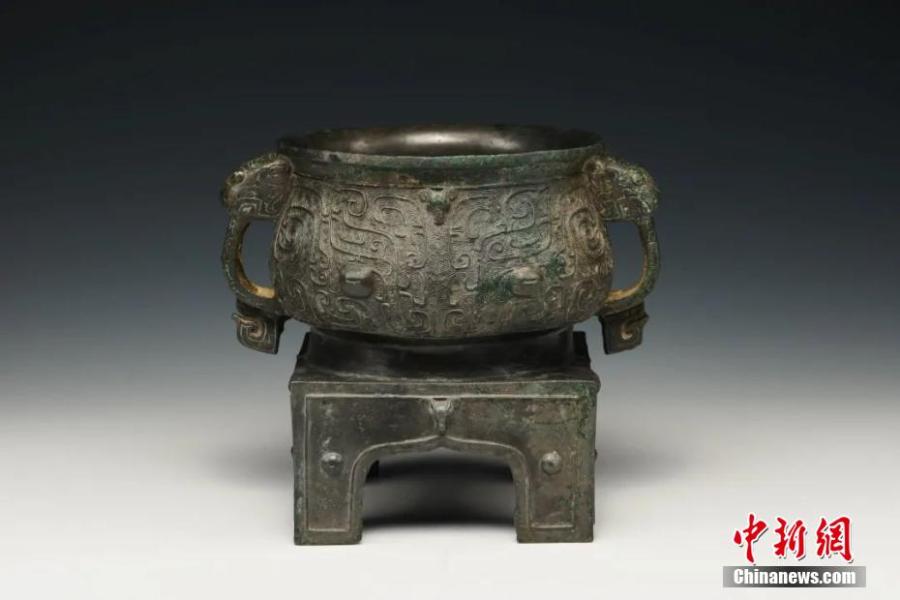
A copper Gui (an ancient vessel for containing food) is unearthed from a tomb of Peng State during the Western Zhou Dynasty (1046 B.C- 771 B.C.) in Jiangxian county, Yuncheng, north China's Shanxi Province, July 5, 2022. (Photo provided to China News Service)
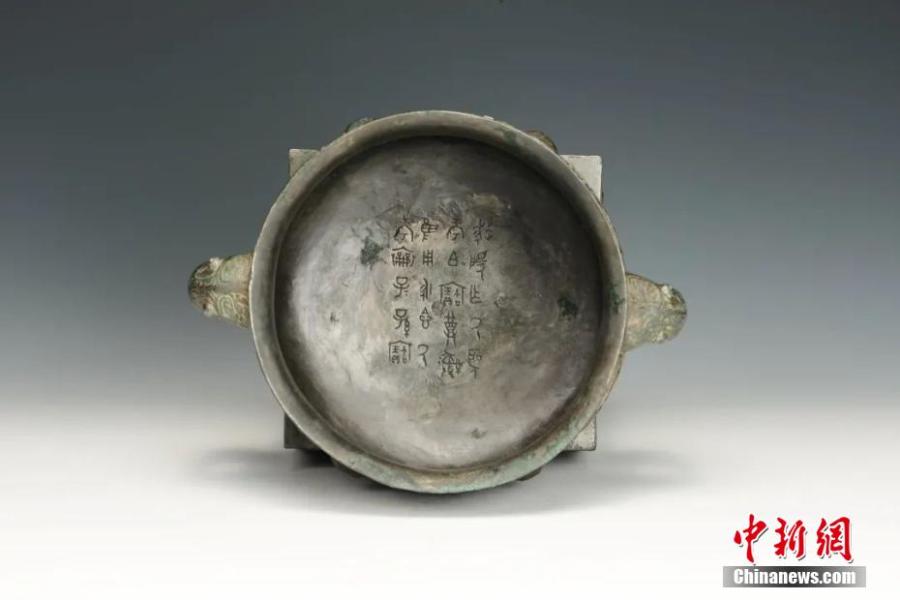
A copper Gui (an ancient vessel for containing food) is unearthed from a tomb of Peng State during the Western Zhou Dynasty (1046 B.C- 771 B.C.) in Jiangxian county, Yuncheng, north China's Shanxi Province, July 5, 2022. (Photo provided to China News Service)
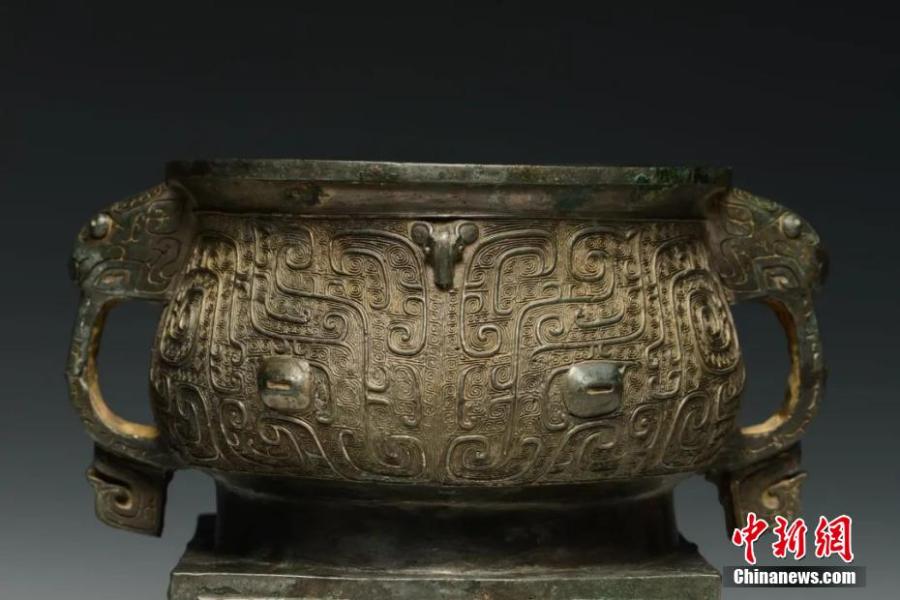
A copper Gui (an ancient vessel for containing food) is unearthed from a tomb of Peng State during the Western Zhou Dynasty (1046 B.C- 771 B.C.) in Jiangxian county, Yuncheng, north China's Shanxi Province, July 5, 2022. (Photo provided to China News Service)
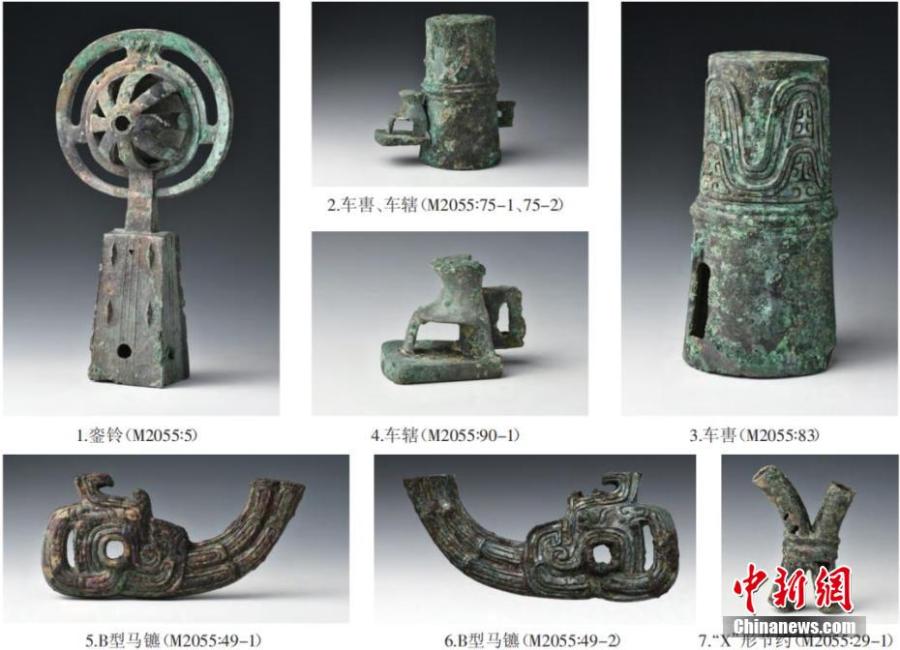
Combo photo shows the bronze chariot and horse unearthed from a tomb of Peng State during the Western Zhou Dynasty (1046 B.C- 771 B.C.) in Jiangxian county, Yuncheng, north China's Shanxi Province, July 5, 2022. (Photo provided to China News Service)
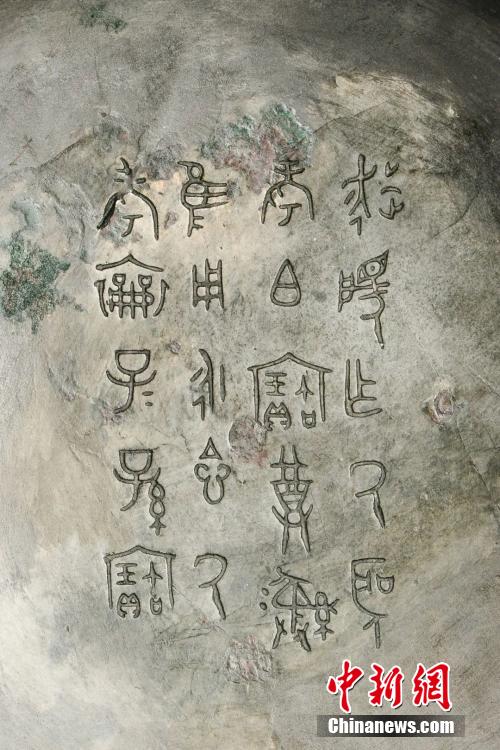
Photo shows the inscription in the copper Gui unearthed from a tomb of Peng State during the Western Zhou Dynasty (1046 B.C- 771 B.C.) in Jiangxian county, Yuncheng, north China's Shanxi Province, July 5, 2022. (Photo provided to China News Service)









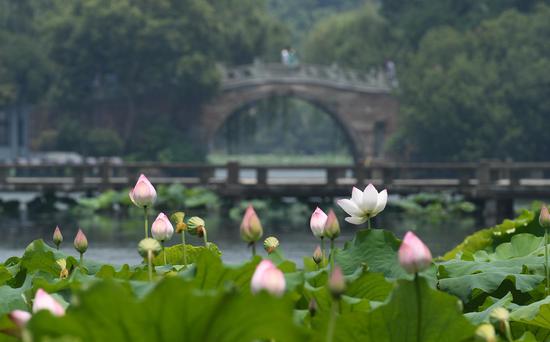
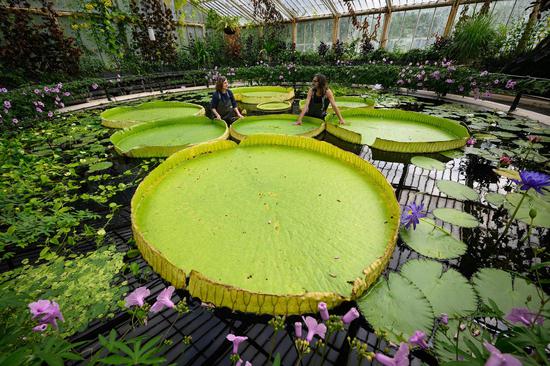

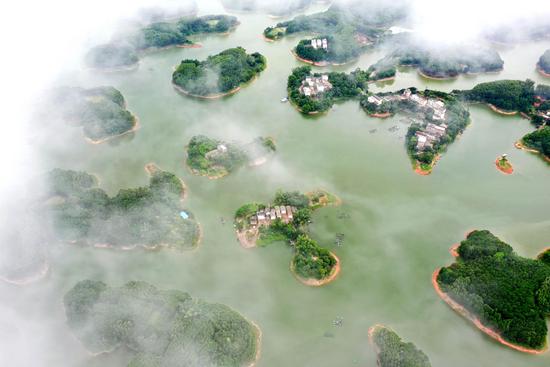



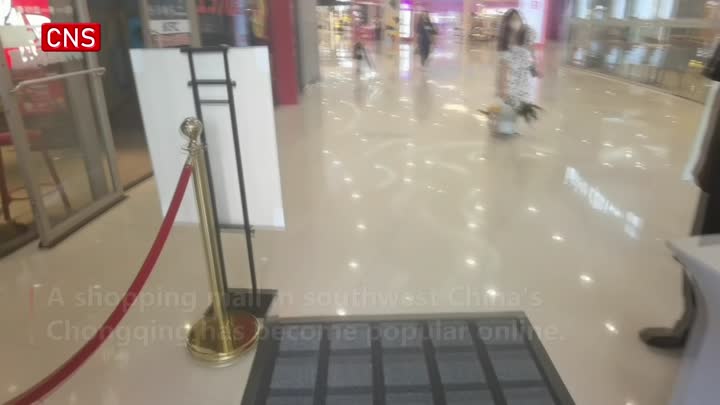


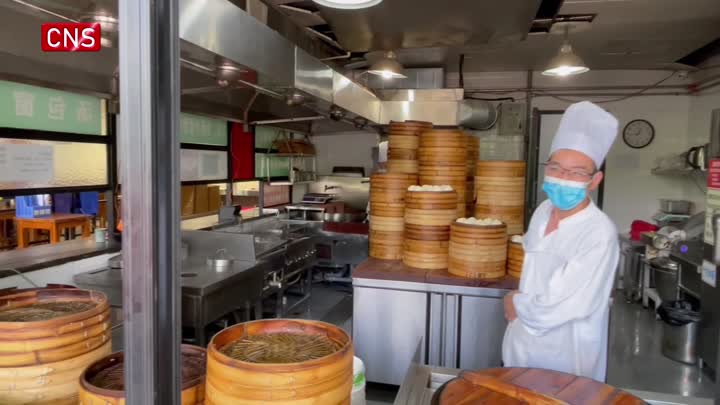


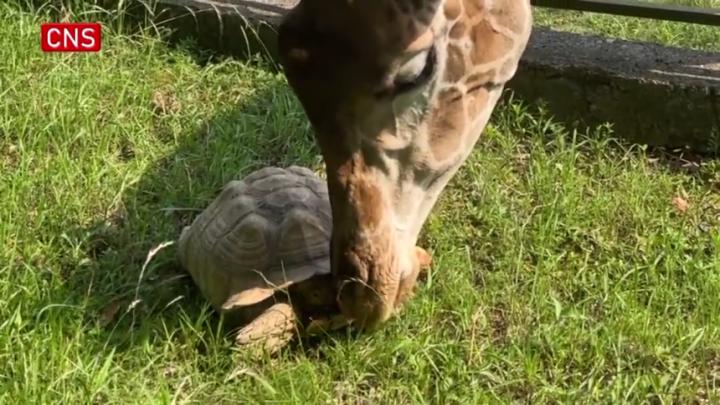
 京公网安备 11010202009201号
京公网安备 11010202009201号